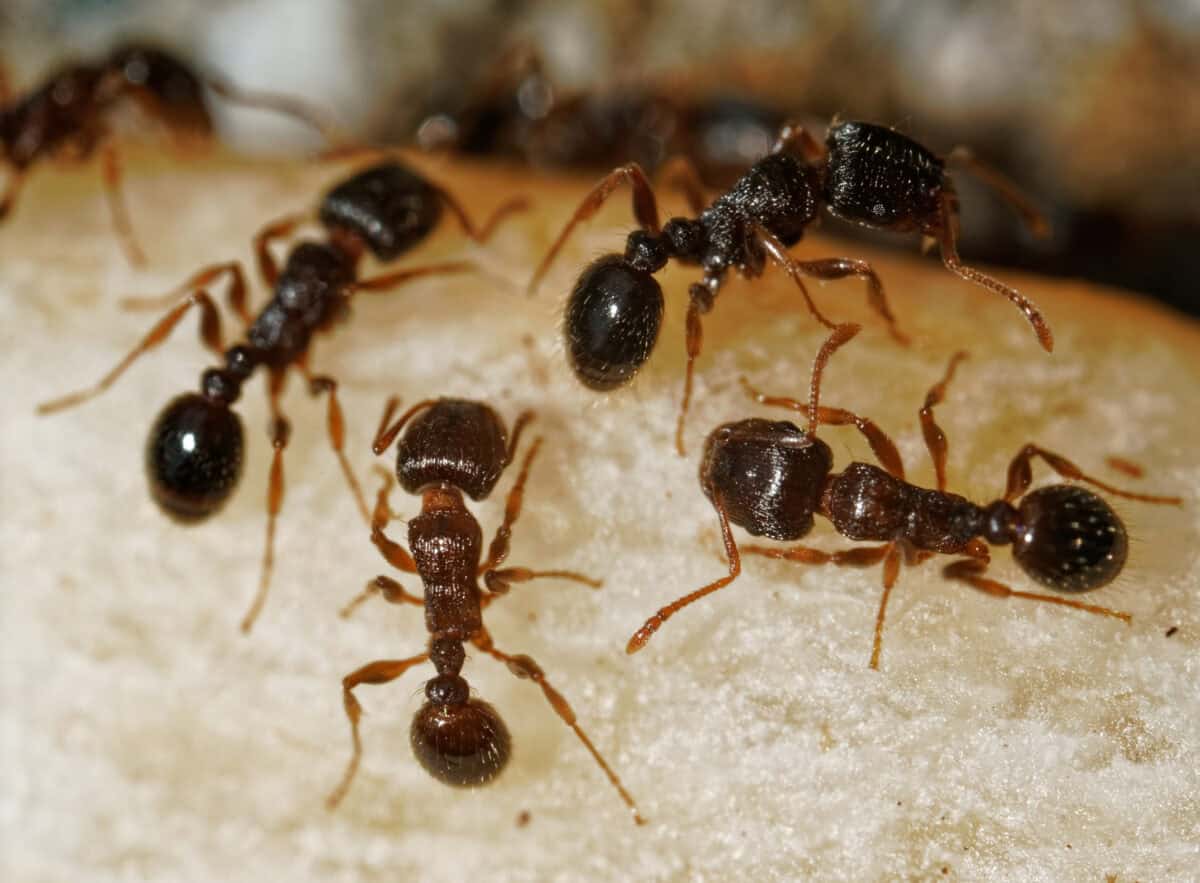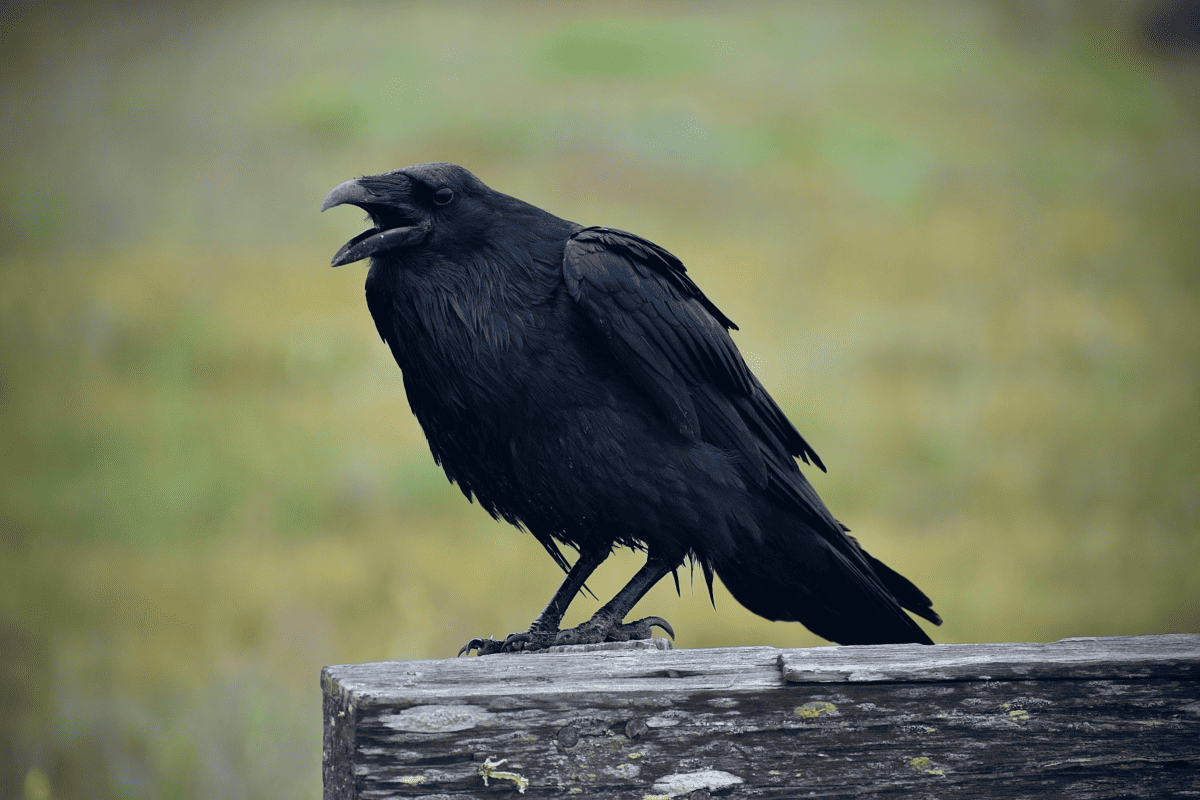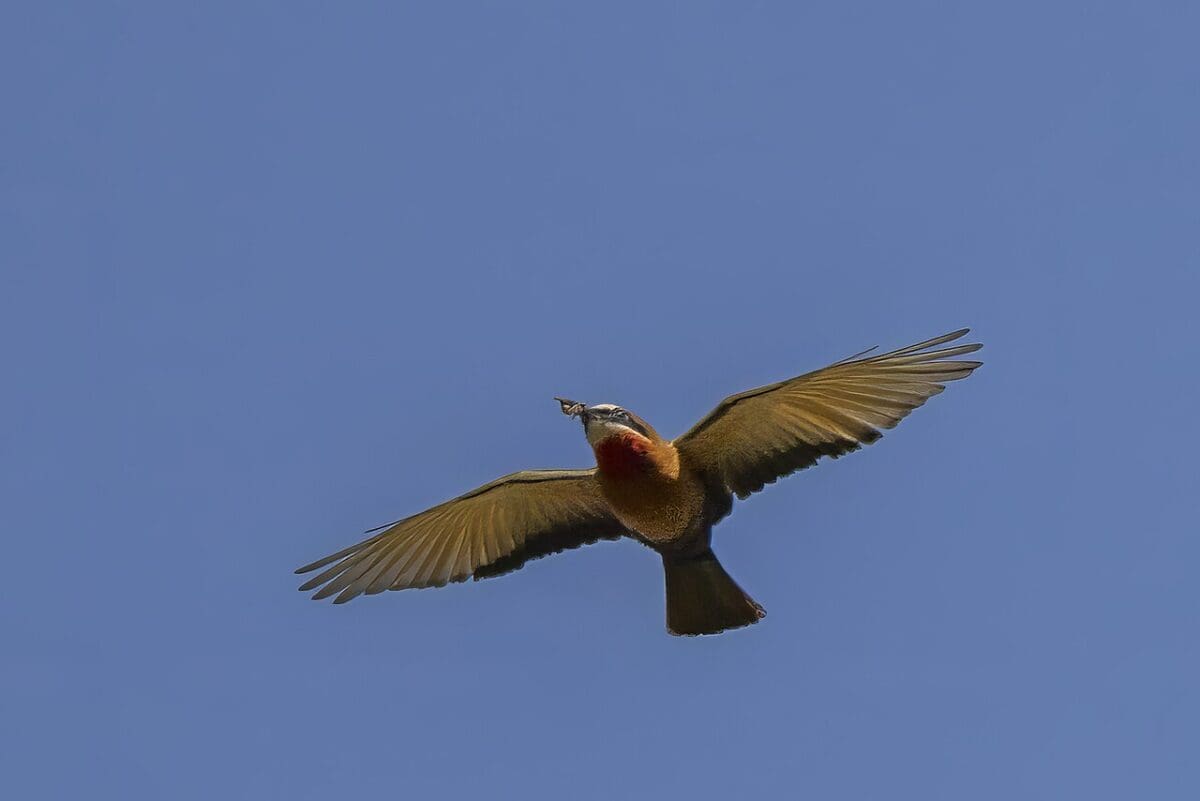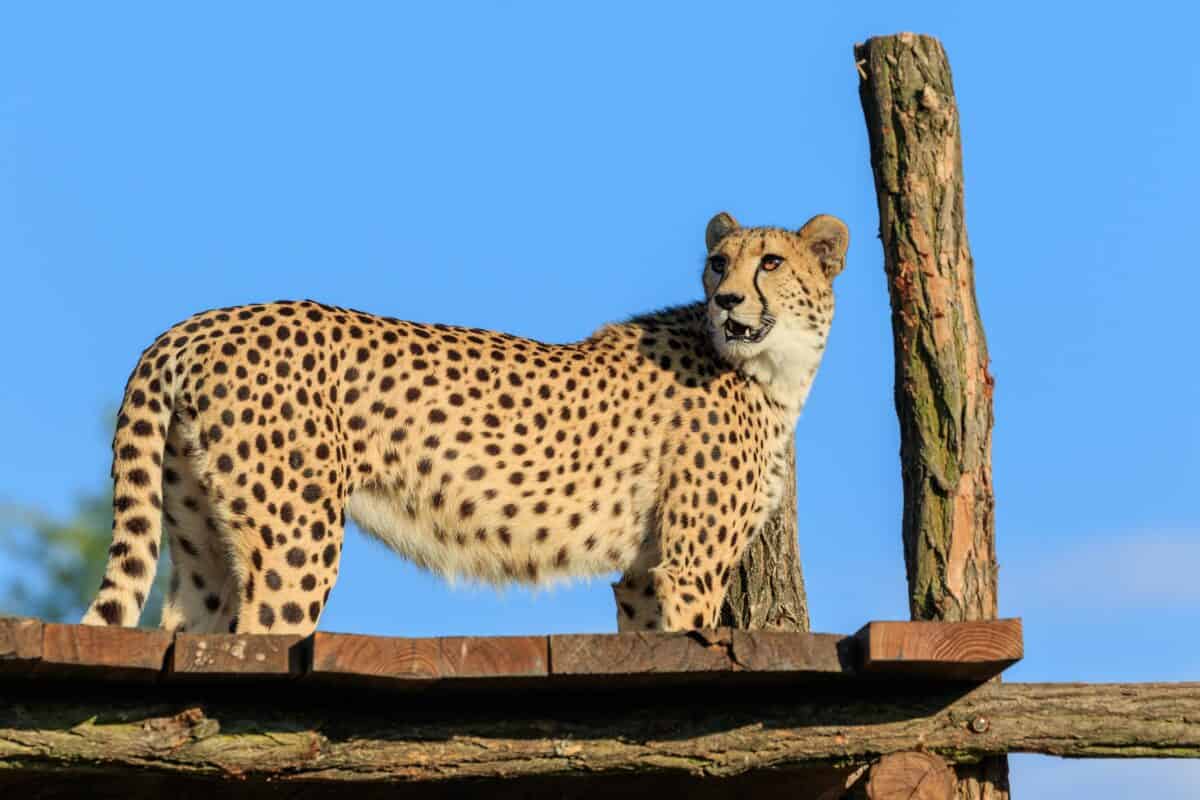The ability to teach—to intentionally help another individual learn—was once thought to be a uniquely human trait. However, as scientists delve deeper into animal behavior, they’ve discovered that numerous species actively teach their offspring crucial survival skills. This transmission of knowledge goes beyond simple observation or mimicry; it involves deliberate instruction, patience, and sometimes even progressive lessons tailored to the learner’s abilities. From the depths of the ocean to the African savanna, these 12 remarkable species demonstrate sophisticated teaching methods that parallel human educational approaches, challenging our understanding of animal cognition and the evolutionary roots of teaching behavior.
Meerkats The Desert Instructors

Meerkats provide one of the clearest examples of teaching in the animal kingdom. Adult meerkats systematically teach their pups how to handle dangerous prey like scorpions. The process begins with adults bringing dead scorpions to pups, then progresses to disabled scorpions (with stingers removed), and finally to live but harmless specimens. As the pups develop their skills, adults gradually introduce more challenging prey. Researchers have documented that adults will actively intervene if a pup is struggling, demonstrating the classic components of teaching: modifying behavior based on the learner’s needs, scaffolding difficulty, and providing progressive challenges. This methodical approach reduces risk while ensuring young meerkats develop the essential hunting skills needed for survival in the Kalahari Desert.
Elephants Matriarchal Knowledge Transfer

Elephant herds, led by experienced matriarchs, engage in multi-generational teaching that spans decades. Young elephants learn complex migration routes, water source locations, and social rules through both observation and direct instruction. When a young elephant strays or behaves inappropriately, older females actively redirect them using vocalizations, gentle physical guidance, and sometimes disciplinary touches with their trunks. During droughts, matriarchs with memories of previous water sources from 30-40 years earlier will lead their families to survival, explicitly teaching the next generation these crucial locations. This transfer of knowledge is so vital that researchers have documented higher survival rates among elephant groups with older, more experienced matriarchs who have accumulated more teaching knowledge to share with their descendants.
Chimpanzees Tool-Use Academies

Our closest genetic relatives show remarkable teaching behaviors, particularly regarding tool use. In different regions of Africa, chimpanzees have developed distinct “cultural traditions” of tool use that must be taught to the next generation. Mothers in Tanzania’s Gombe Stream National Park demonstrate termite fishing by slowly performing the actions while their offspring watch, sometimes placing tools in the youngsters’ hands or correcting improper technique. In the Taï Forest of Ivory Coast, adult chimps teach young ones to crack nuts using stone hammers and anvils, a complex skill that takes years to master. What’s particularly striking is that adults will adjust their demonstrations based on the skill level of the learner, showing more detailed steps to novices and providing less assistance as competence grows—a teaching technique remarkably similar to human instructional scaffolding.
Dolphins Specialized Foraging Techniques

Bottlenose dolphins in Shark Bay, Australia, have become famous for their “sponging” behavior—a technique where dolphins break off marine sponges and wear them on their snouts as protective tools while foraging along the rough seafloor. This sophisticated tool use isn’t instinctive but carefully taught from mother to calf through a process scientists call “vertical cultural transmission.” Mothers demonstrating sponging will slow their movements, exaggerate the techniques, and sometimes position their bodies so calves can observe the process. The teaching is so effective that this specialized knowledge remains primarily within certain maternal lineages. Beyond sponging, dolphin mothers also teach specific hunting strategies, with documented cases of mothers temporarily stranding themselves to demonstrate beach hunting techniques to their young—a risky but effective teaching method that ensures skill transmission across generations.
Orcas Cultural Hunting Schools

Killer whales display some of the most sophisticated teaching behaviors in the animal kingdom, with distinct populations developing specialized hunting techniques that must be actively taught to younger pod members. In the waters of Argentina, adult orcas intentionally beach themselves to capture sea lion pups on shore, then wriggle back into deeper water. This dangerous technique requires years of careful instruction, with adults first demonstrating, then allowing juveniles to practice under supervision, offering correction when necessary. In Norway, orcas teach a complex “carousel feeding” technique where they herd herring into tight balls, slap their tails to stun the fish, then eat the immobilized prey. Each orca population’s unique hunting methods constitute distinct cultures that are preserved through deliberate teaching, with adults showing remarkable patience during the years-long learning process, accepting reduced hunting efficiency while youngsters develop their skills.
Cats Hunting Through Graduated Lessons

Domestic and wild cats alike employ a methodical, progressive teaching approach to develop hunting skills in their young. Mother cats bring dead prey to kittens initially, allowing them to familiarize themselves with the scent, taste, and texture of appropriate food sources. As kittens develop, mothers introduce live but injured prey, giving the kittens the opportunity to practice pouncing and killing techniques in a controlled scenario. Finally, mothers bring live, uninjured prey for more advanced practice. What makes this teaching rather than simply instinctive behavior is that mother cats will adjust the difficulty based on their kittens’ progress, bringing easier prey if kittens struggle or more challenging quarry as they become proficient. Research with feral cat colonies has documented that this teaching significantly improves kittens’ hunting success rates compared to those who don’t receive this graduated instruction.
Cheetahs The Patient Hunting Mentors

Cheetah mothers invest extensive time teaching their cubs to hunt, using a methodology that closely resembles modern educational approaches. For approximately 18 months, mother cheetahs provide progressive hunting lessons, beginning with demonstrations where they allow cubs to observe their hunting technique from a safe distance. As cubs develop, mothers will capture live prey, release it, and then allow cubs to practice the chase and capture while remaining nearby to intervene if necessary. Researchers have documented mother cheetahs intentionally releasing prey multiple times to give cubs repeated practice opportunities—a behavior that serves no purpose other than teaching. What’s particularly remarkable is that cheetah mothers will adjust the difficulty level based on their cubs’ abilities, capturing more challenging prey for advanced learners and easier targets for those still developing basic skills, demonstrating a sophisticated awareness of their offspring’s learning needs.
Tandem-Running Ants Teaching through Physical Guidance

Tandem-running ants (Temnothorax albipennis) provide the first scientifically documented case of teaching among insects. When a scout ant discovers food or a superior nest site, rather than simply leading a group there, it engages in a careful one-on-one teaching process with another ant. The knowledgeable “teacher” ant leads a single “student” ant to the location through direct physical contact in a process called tandem running. What makes this true teaching is that the leader adjusts its pace based on the follower’s progress, slowing down when the follower falls behind and speeding up when contact is maintained. The leader will even stop completely if the follower loses contact, waiting until the teaching connection is reestablished. This process is significantly slower than if the teacher traveled alone, representing a cost to the teacher that’s only justified by the knowledge transfer benefit—one of the key scientific criteria for defining teaching behavior in animals.
Ravens Sophisticated Cultural Transmission

Ravens possess remarkable cognitive abilities, including sophisticated teaching behaviors that researchers continue to document. Adult ravens actively demonstrate tool use, problem-solving techniques, and social rules to juveniles through intentional displays. What makes raven teaching particularly noteworthy is their apparent awareness of the learner’s perspective—adults will repeatedly demonstrate techniques from angles visible to youngsters and adjust demonstrations if learning doesn’t occur. In studies of captive ravens, researchers observed adults intentionally placing tools where juveniles could access them after demonstrations, essentially providing practice opportunities. Perhaps most impressively, ravens teach complex social information about potential threats, with adults staging “funerals” around dead ravens to teach youngsters about danger. They also teach which humans or other animals represent threats through directed communication, a sophisticated form of cultural knowledge transmission that requires abstracting and communicating potential future dangers rather than simply responding to immediate threats.
White-Fronted Bee-Eaters Babysitter Training Program

White-fronted bee-eaters, colorful birds native to sub-Saharan Africa, implement a remarkably structured teaching system for future “babysitters.” In these highly social birds, non-breeding adults often help care for others’ offspring, but this role requires specific skills that must be taught. Experienced adult birds systematically introduce young helpers to progressively more complex childcare tasks. Initially, novice helpers simply observe experienced caregivers. Next, they’re allowed to feed already-hatched nestlings under supervision. Only after demonstrating competence are they permitted to handle eggs or very young hatchlings. What’s particularly notable is that experienced adults actively intervene if a novice helper makes mistakes, physically redirecting them or demonstrating the correct technique. Researchers have documented that without this phased teaching process, novice helpers have significantly higher rates of accidentally damaging eggs or improperly feeding young birds, demonstrating the critical importance of this teaching system to the colony’s reproductive success.
Orangutans Forest Food Curriculum

Orangutans maintain one of the longest childhood dependency periods of any non-human animal—up to eight years—largely devoted to extensive learning from their mothers. This extended period facilitates sophisticated teaching of vital skills, particularly regarding food selection and processing. Orangutan mothers teach their young which of the hundreds of forest plants are edible, which require special processing to remove toxins, and which have medicinal properties. When introducing a new food, mothers will demonstrate precise preparation techniques, often breaking the process into observable steps while the youngster watches. For particularly complex foods like the spiny Durian fruit or certain insects, mothers will prepare portions in different stages of processing, effectively creating visual “steps” for the learning orangutan to observe. Studies in Sumatra and Borneo have documented mothers adjusting their demonstrations based on their offspring’s age and skill level, showing more detailed steps for younger learners and allowing more independent practice as competence develops—a teaching approach remarkably similar to human educational practices.
Spiny Lobsters Migratory Mentorship

Caribbean spiny lobsters exhibit a fascinating teaching behavior during their annual migrations. These crustaceans travel in single-file lines, with experienced adults leading juveniles on their first migration. What makes this true teaching rather than mere following is that adult lobsters actively maintain the formation, slowing down when juveniles fall behind and using their antennae to tap stragglers, effectively communicating “keep up.” When researchers experimentally disrupted these lines, adult lobsters would reorganize and work to reestablish the teaching formation. The benefit of this teaching relationship is significant—juvenile lobsters in mentor-led lines navigate more efficiently and suffer fewer predation losses compared to those forced to migrate alone. The teaching even includes detour information, with adult lobsters leading juveniles around known hazards rather than allowing them to discover dangers through potentially fatal trial and error, demonstrating a sophisticated form of knowledge transfer that significantly improves survival rates among the taught generation.
The Evolutionary Significance of Animal Teaching

The diverse teaching methods observed across these twelve species illustrate that teaching behavior has evolved independently multiple times throughout the animal kingdom. This convergent evolution suggests that teaching provides significant adaptive advantages in various ecological contexts, particularly for long-lived species with complex survival skills to master. While human teaching includes abstract concepts and symbolic language that remain unique, the fundamental building blocks of teaching behavior—intentional demonstration, adjustment based on learner needs, progressive difficulty, and acceptance of short-term costs for long-term knowledge transfer—appear across taxonomic boundaries. Scientists now recognize that teaching likely predates humanity by millions of years, representing an ancient adaptation for social learning rather than a recent human innovation. These discoveries challenge us to reconsider what we know about animal cognition and the evolutionary foundations of teaching itself, suggesting that our human educational instincts may have deeper biological roots than previously recognized, connecting us to a broader tradition of knowledge transmission that spans species and ecosystems worldwide.
- 10 Animals That Use Camouflage Best - August 17, 2025
- 13 Wild Birds That Use Tools to Hunt - August 17, 2025
- 9 Smartest Animal Species in North America—And Why They’re So Clever - August 17, 2025

